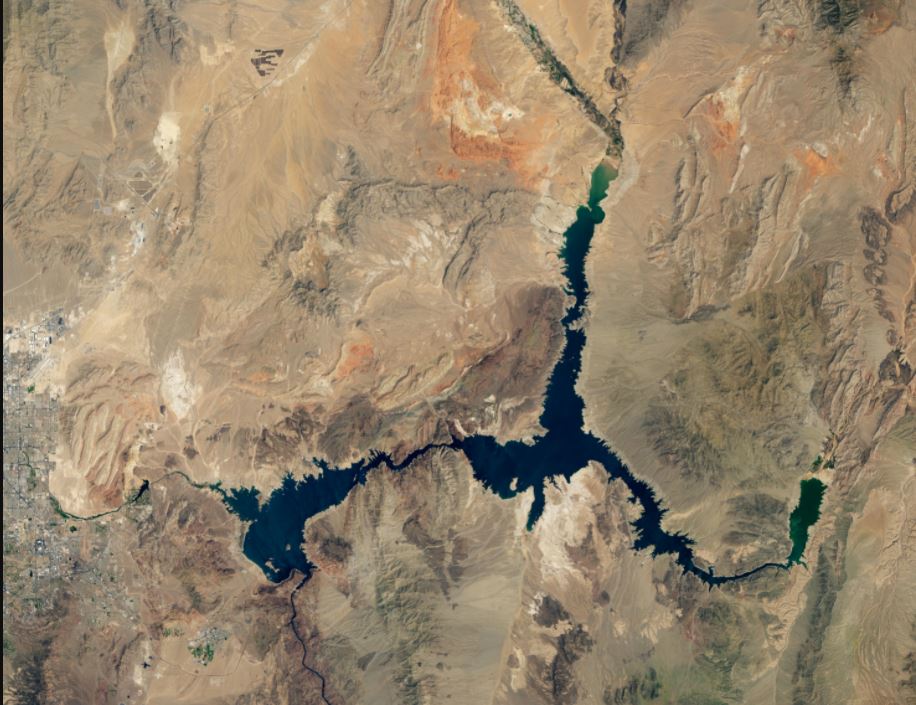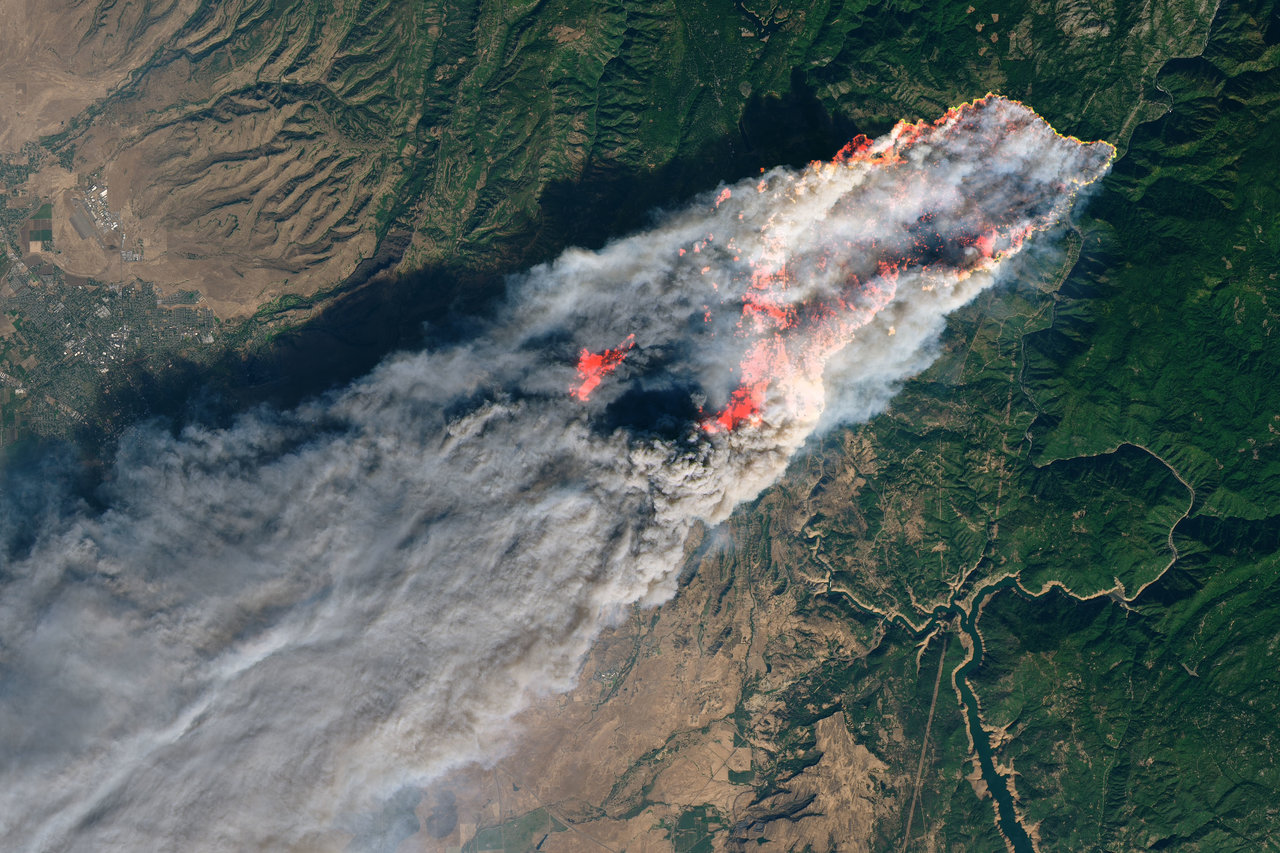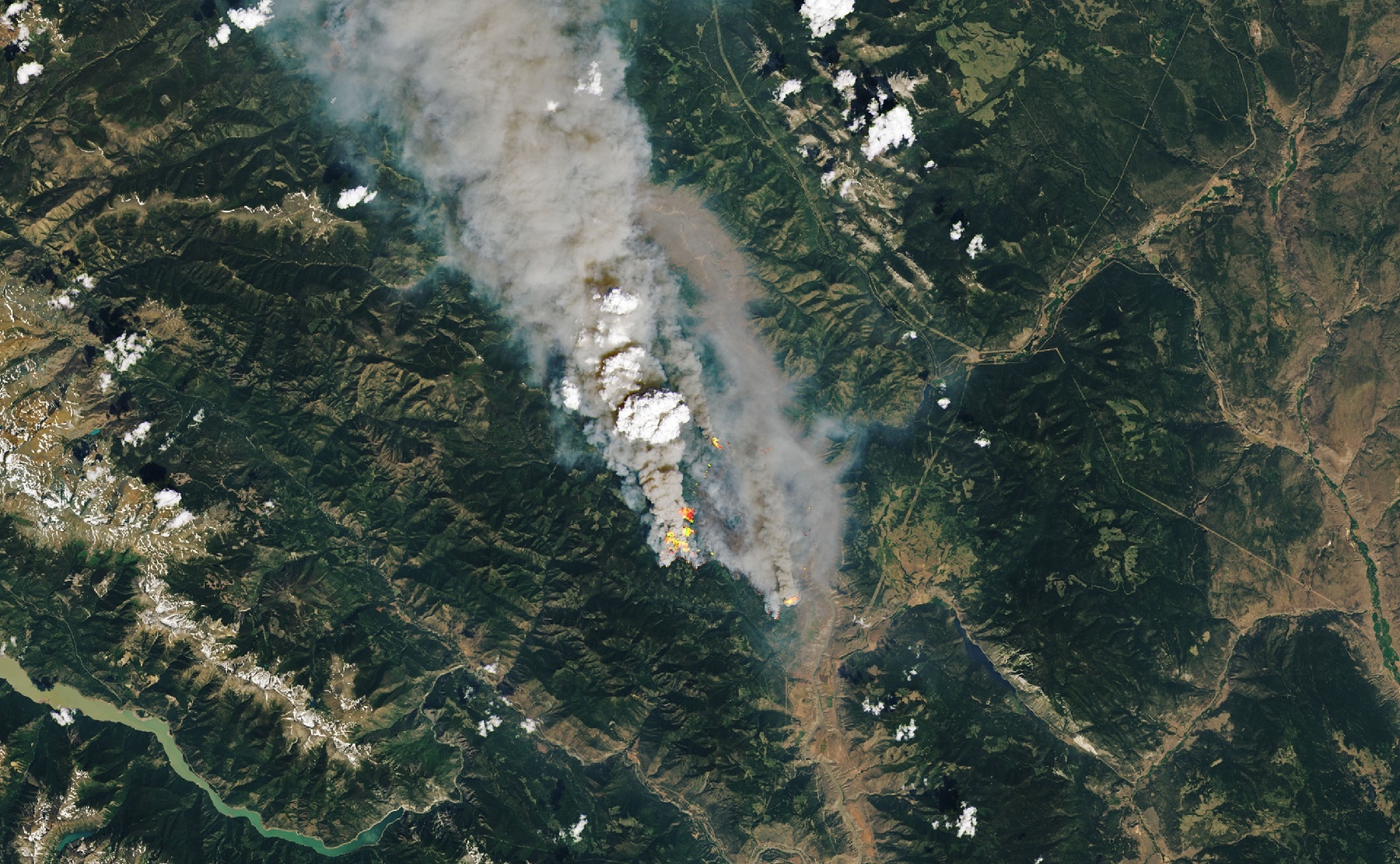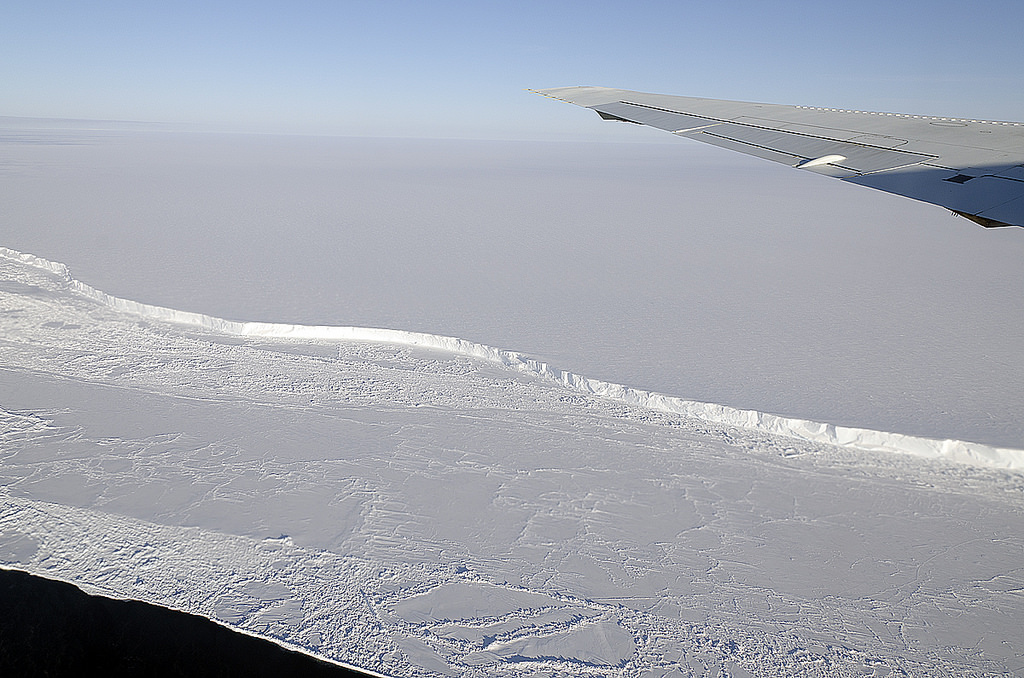Remember when engineers proposed one-way trips to Mars, because round trips are just too expensive to bring people back to Earth again?
Getting people home from Mars can only happen in two ways. One is to lug all the return fuel with you when you launch from Earth, which is prohibitively difficult and expensive. The second way is to make the return fuel in-situ from Martian resources. But how?
A group of researchers from the University of Cincinnati propose using a type of reactor that was used from 2010-2017 aboard the International Space Station, which scrubbed the carbon dioxide from air the astronauts breathe and generated water to drink, with methane as a biproduct. On Mars, this reactor, called a Sabatier reactor, could take carbon dioxide from Mars’ atmosphere and create methane for fuel.
Continue reading “This is the Reactor That Could Make it Possible to Return From Mars”









